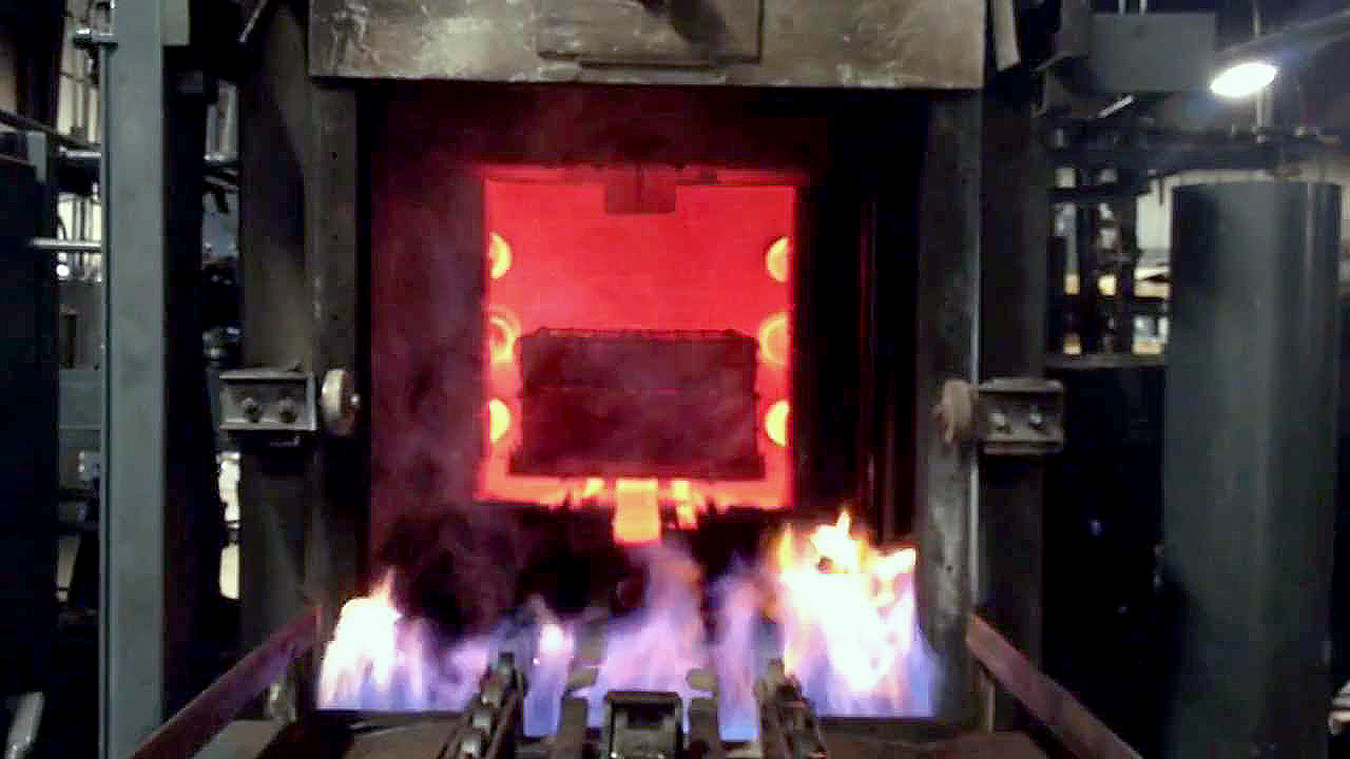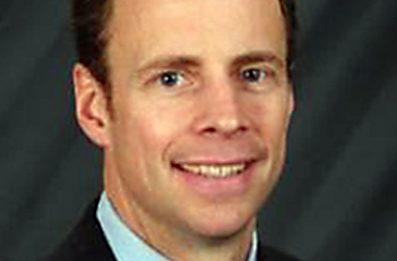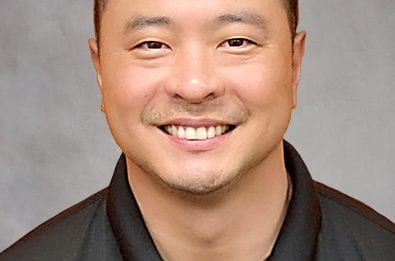Time, temperature, and atmosphere are all common parameters necessary to deliver the right metallurgy of a raw material or finished part. Each parameter has its own level of complexity and if not properly controlled can lead to a part that doesn’t meet the designed performance parameters. Previous Quality Counts articles have discussed each of these individually, and now we can bring these together to provide a holistic view.
Temperature, which is controlled using simple or sophisticated algorithms, addresses an action to achieve a desired setpoint based on the controller and thermocouple or temperature-sensing device. Temperature desired is defined/restricted based on the part or customer requirement and the ability to transform the part delivering the desired metallurgical results. Certain heat-treatment processes may have tight tolerances with restrictions on maximum temperatures, heat-up and cool-down rates, and targets for minimizing process time but not affecting metallurgy or quality.

Temperature monitoring is not limited to just a control thermocouple. It can be defined at specific locations in the furnace, such as the hottest and coldest spots defined by the last temperature uniformity survey. Temperature can be monitored to simulated part temperature, also referred to as a load thermocouple. Temperature transforms the material into the necessary state to alter the part — so precise control is critical. To ensure proper temperature readings and furnace performance, checks and balances are in place to ensure accurate reading of the control circuit using a system accuracy test. Overall temperature uniformity is thus ensured for the work zone of the furnace.
Temperature control can certainly affect atmosphere control, and of course, metallurgy. Using carburizing as an example: If a load is not in thermal equilibrium, the activity of the atmosphere at the surface of the part and the diffusion of the carbon to a specific depth can be affected. The combined effects of time, temperature, and carbon concentration determine how carbon is delivered at depth to a part. Assuming one of the three variables mentioned is not at the target value, carbon does not diffuse to the targeted depth for the desired effective case depth. For example, a cooler center of the load means less diffusion, and a potentially softer part.
Another aspect of temperature that is sometimes overlooked is its effect on atmosphere control. It is common practice to use in-situ carbon probes to ensure proper control in achieving desired changes to the surface of the part. Most heat treaters employ a practice of verifying the atmosphere using a method other than carbon probe measurement to ensure that the carbon probe itself is allowing for an accurate calculation of the neutral or carbon-rich atmosphere. This is important because the carbon probe bases the calculation of carbon on the partial pressure of oxygen in the furnace and uses the assumed prepared atmosphere on which to base this calculation. Alternative methods of verifying carbon percentage are NDIR gas analysis (using CO, CO2, and CH4), carbon wire resistance, shim stock carbon content, and dew point analysis.
Again using carburizing as an example, consider the calculated carbon potential. The calculation of carbon in the atmosphere using an oxygen probe is based on the output millivolts — created based on the partial pressure of oxygen in the reference air versus partial pressure of oxygen in the furnace, the temperature of the furnace, and a calculation factor referred to as COF (CO Factor), PF (Process Factor), or Gas Factor. Using this information, it is clear that the atmosphere carbon potential calculation is dependent on temperature. Even with a steady state atmosphere, there are variations on the calculation of carbon based on swings in temperature. A percent carbon loop with tight tolerances can be put at risk of compliance if the control of temperature is not consistent. Properly-tuned temperature loops using PID parameters should be able to draw straight line control for the temperature. Poorly tuned temperature loops or temperature loops susceptible to electric noise can not only show issues on temperature control, but in the atmosphere control loop as well.
In the previous paragraph we talked about the calculation of carbon and the dependence of the proper prepared atmosphere. The prepared atmosphere — whether nitrogen, methanol, or endothermic — should be properly controlled and consistent so the calculation of carbon can be made accurately. At a minimum, checking your atmosphere with an alternative method proves to be beneficial in ensuring quality heat treating and reducing opportunities for scrap and rework.
Variances in temperature and atmosphere setpoints are common practice for heat-treating equipment. In many cases, there is a sweet spot for control and then trouble points. This can be with both temperature and atmosphere across the operating temperature and atmosphere range of the furnace. In situations such as this where you are attempting to maximize furnace recovery (in terms of temperature or atmosphere) you may want a different PID setting for the control — so there is an aggressive response to the big change, but still coming into setpoint slowly, so that overshoot and oscillation is minimized. Using a single PID may not hit the target for tight tolerances as specific temperature or atmosphere setpoints. Look to take full advantage of PID loop controllers to see if different PID can be established and other settings used, such as limiting the control output to help limit the downside effects but still maximize productivity.




























